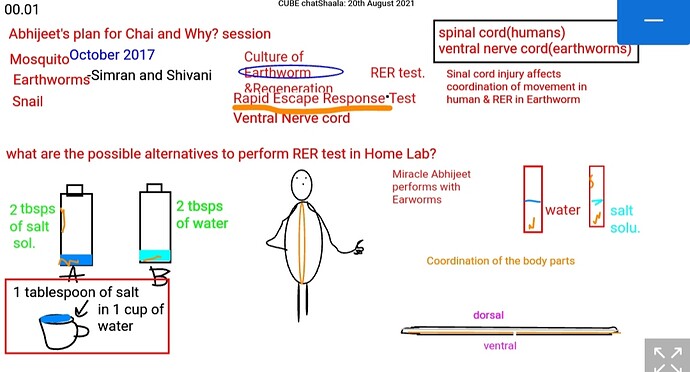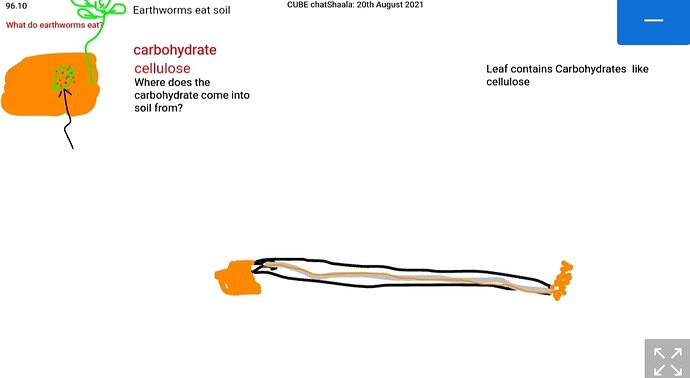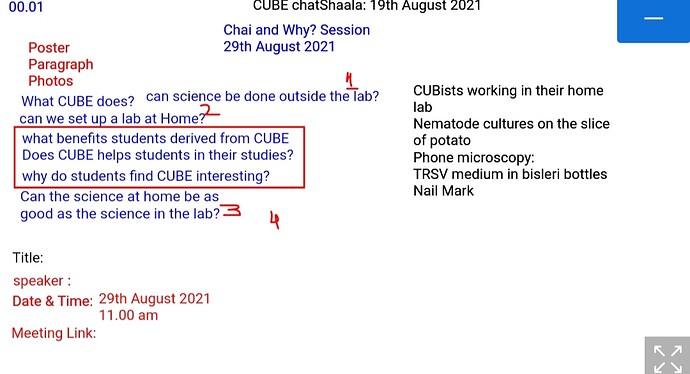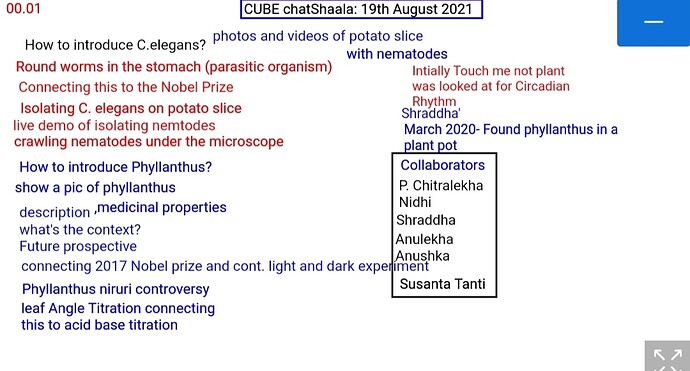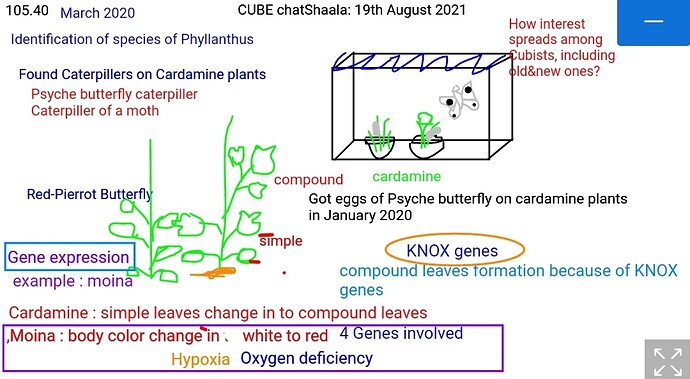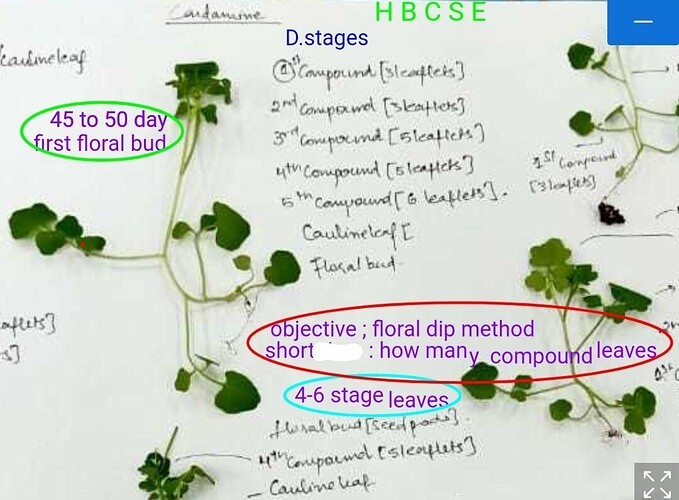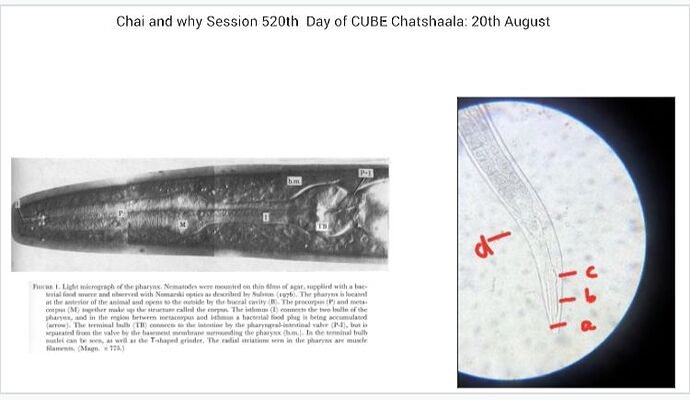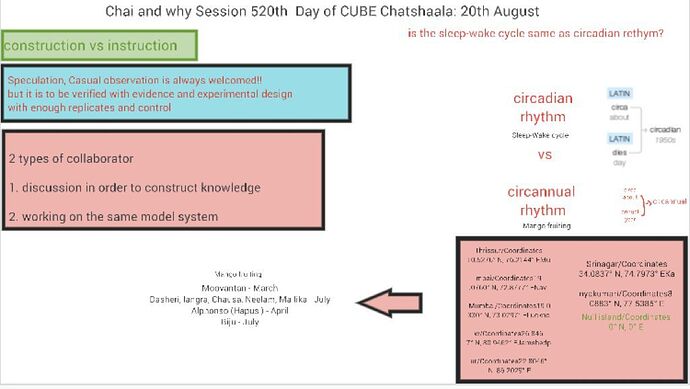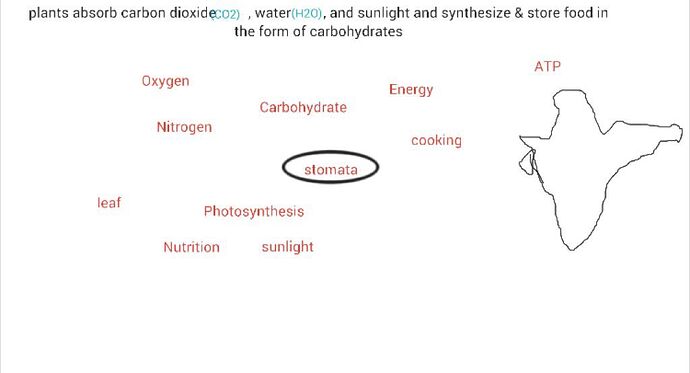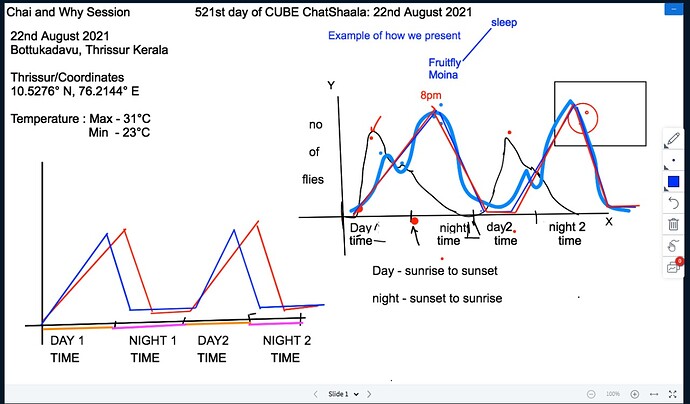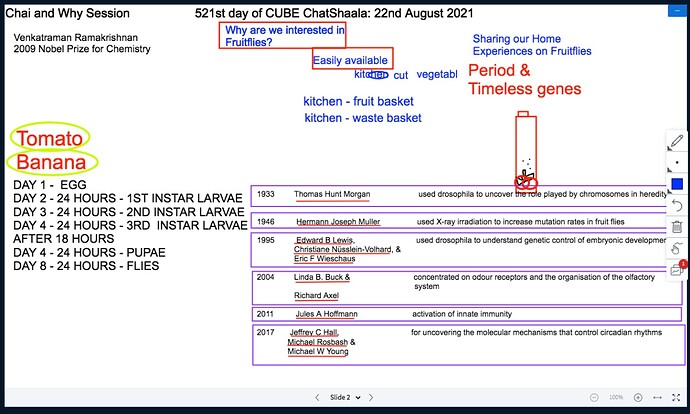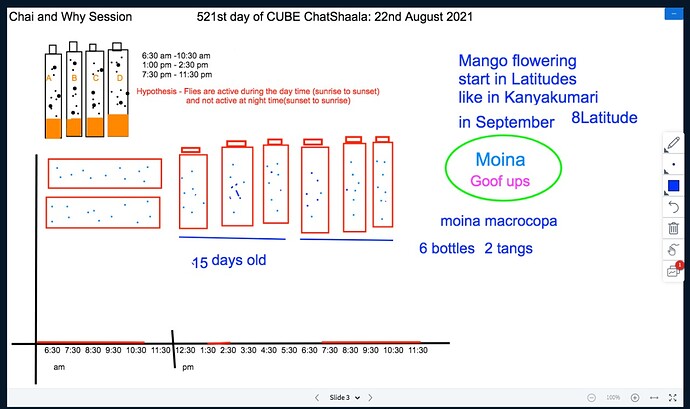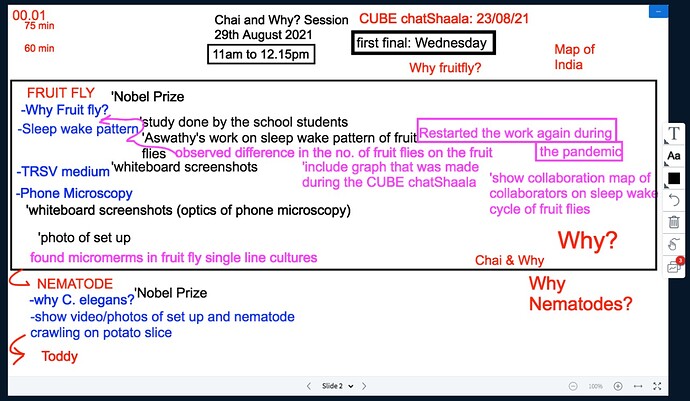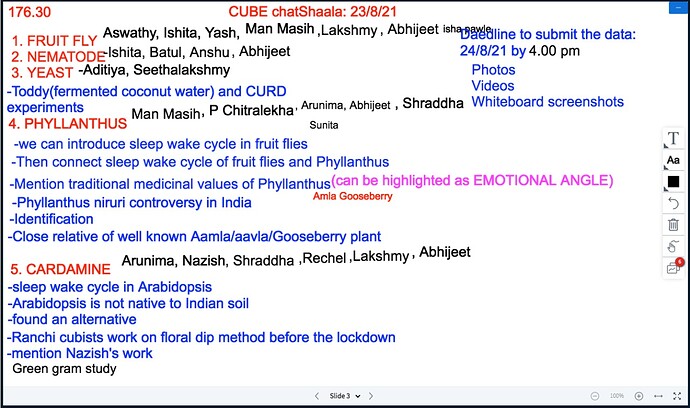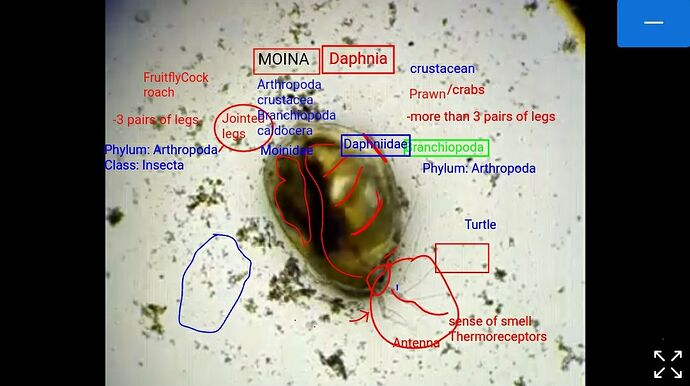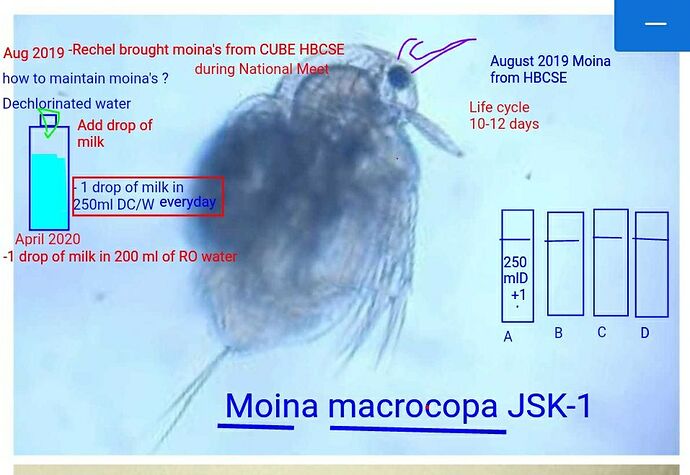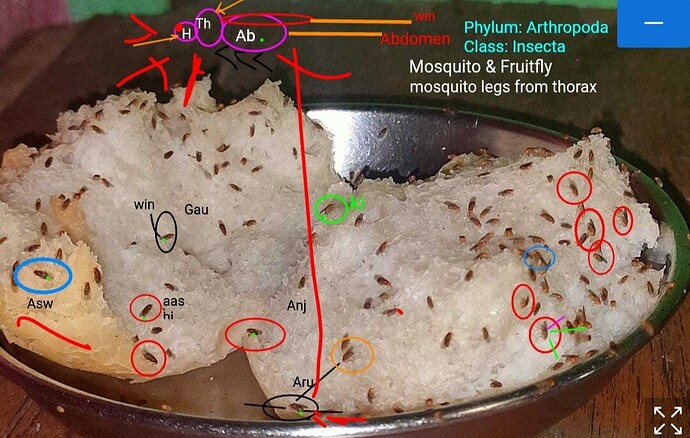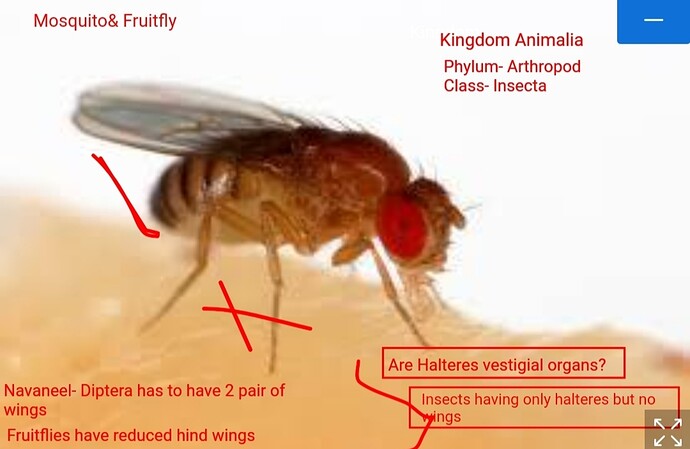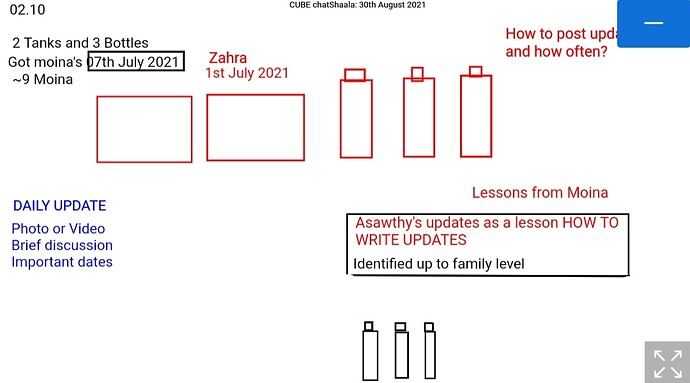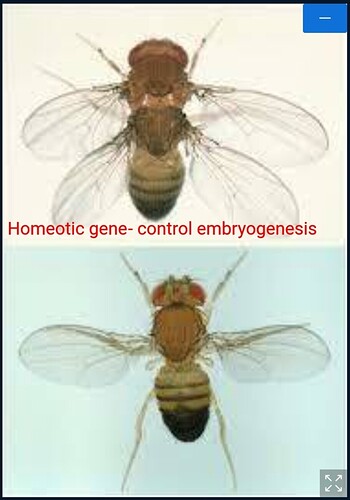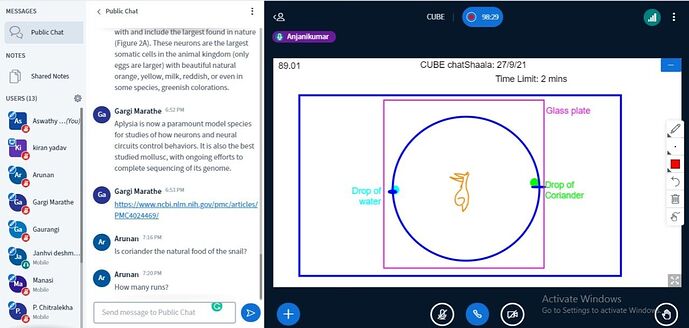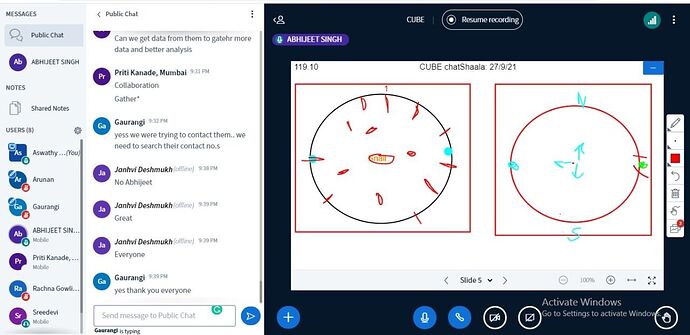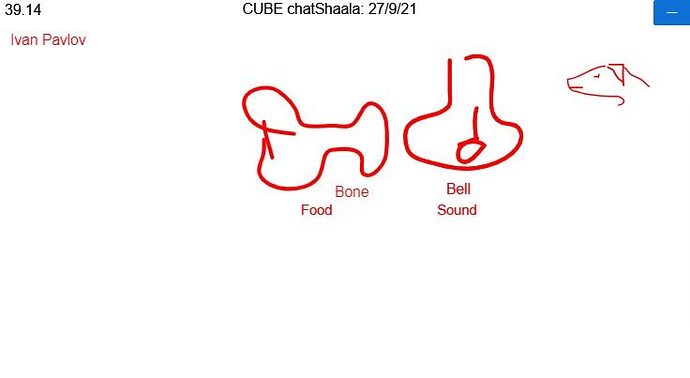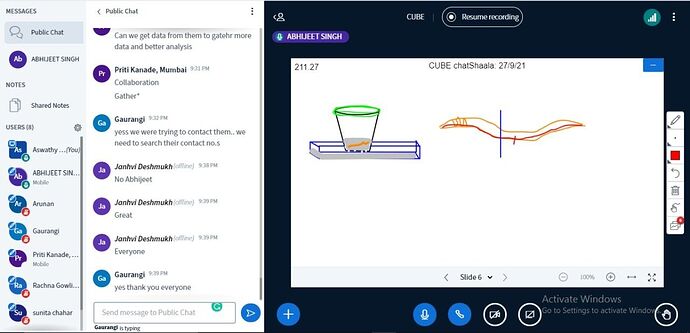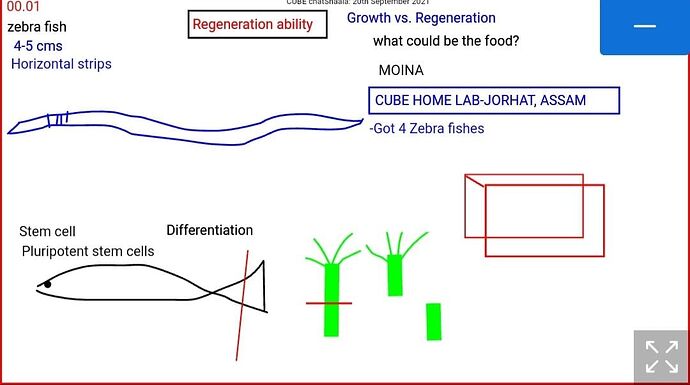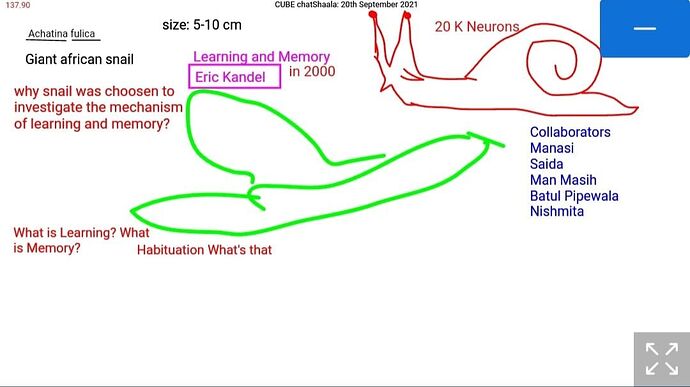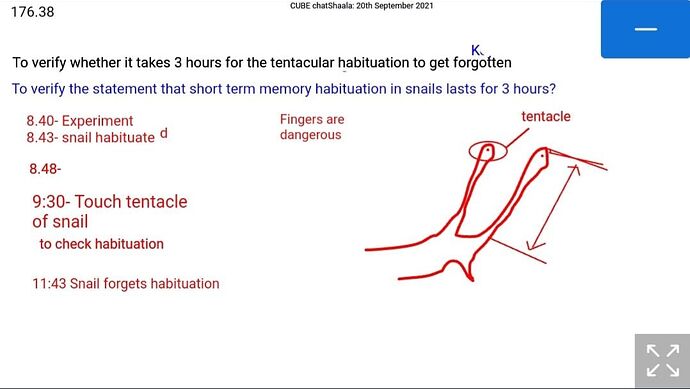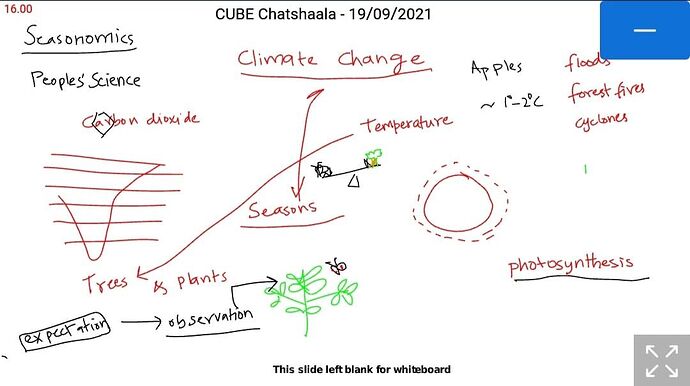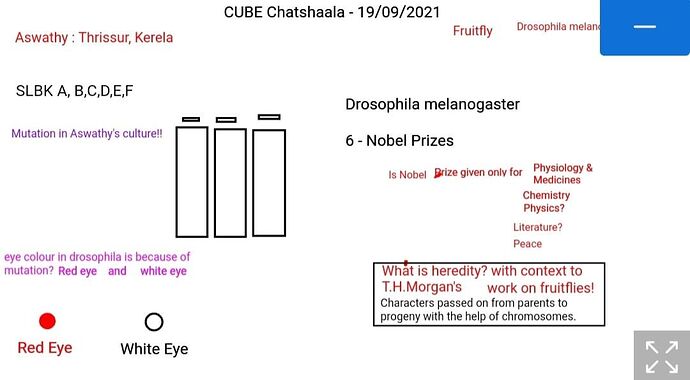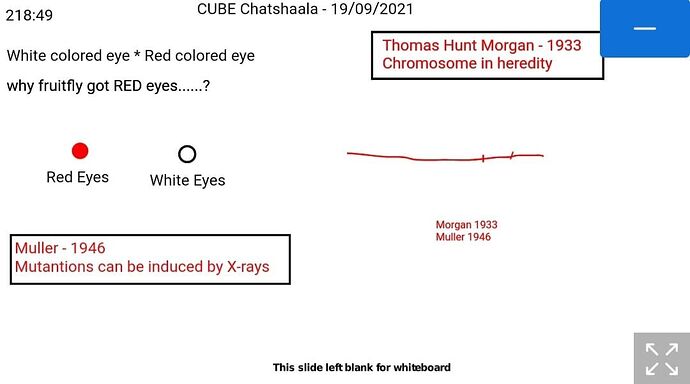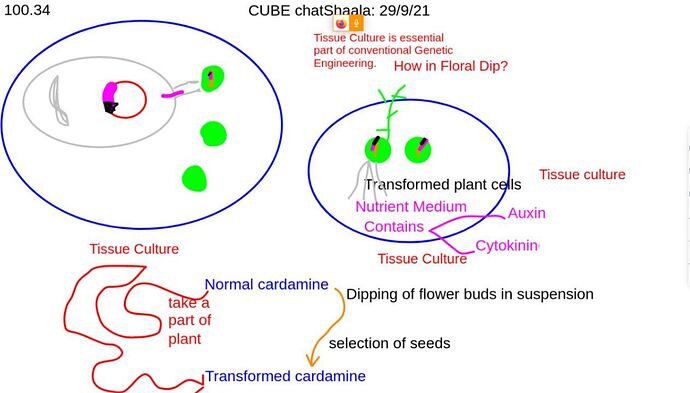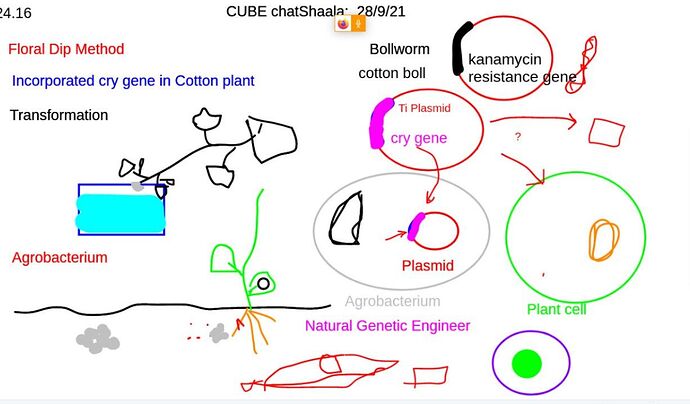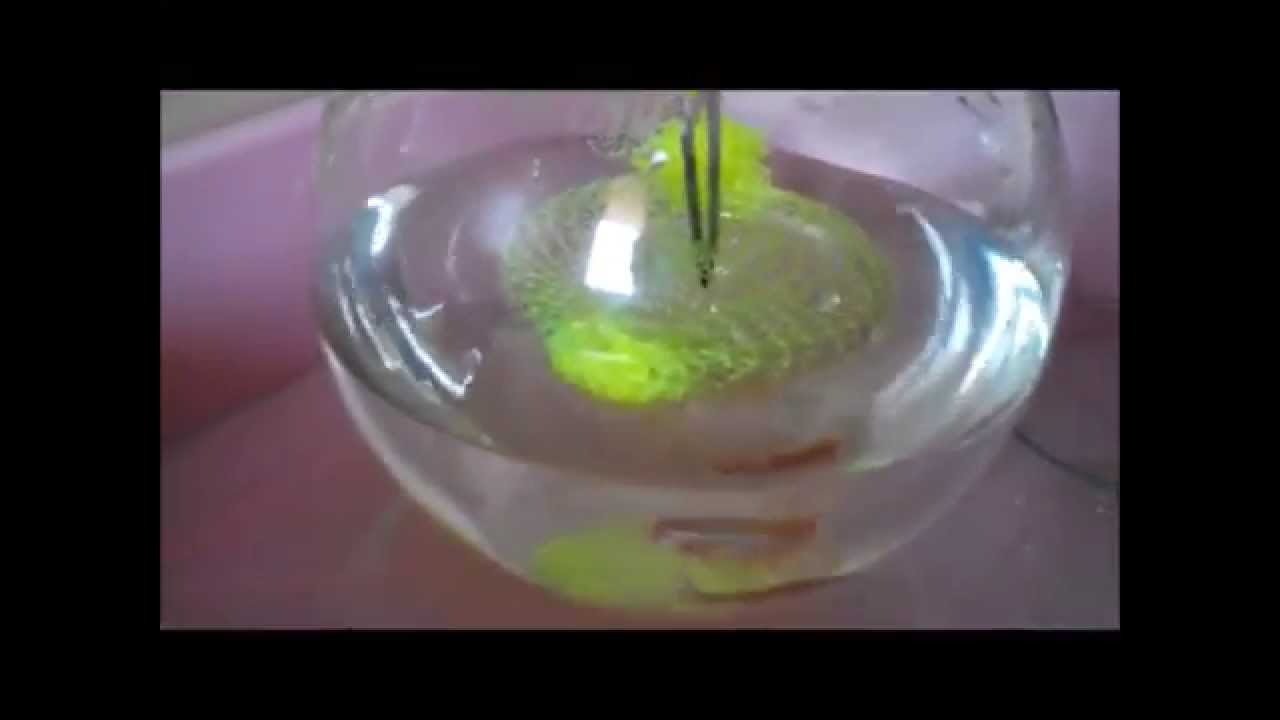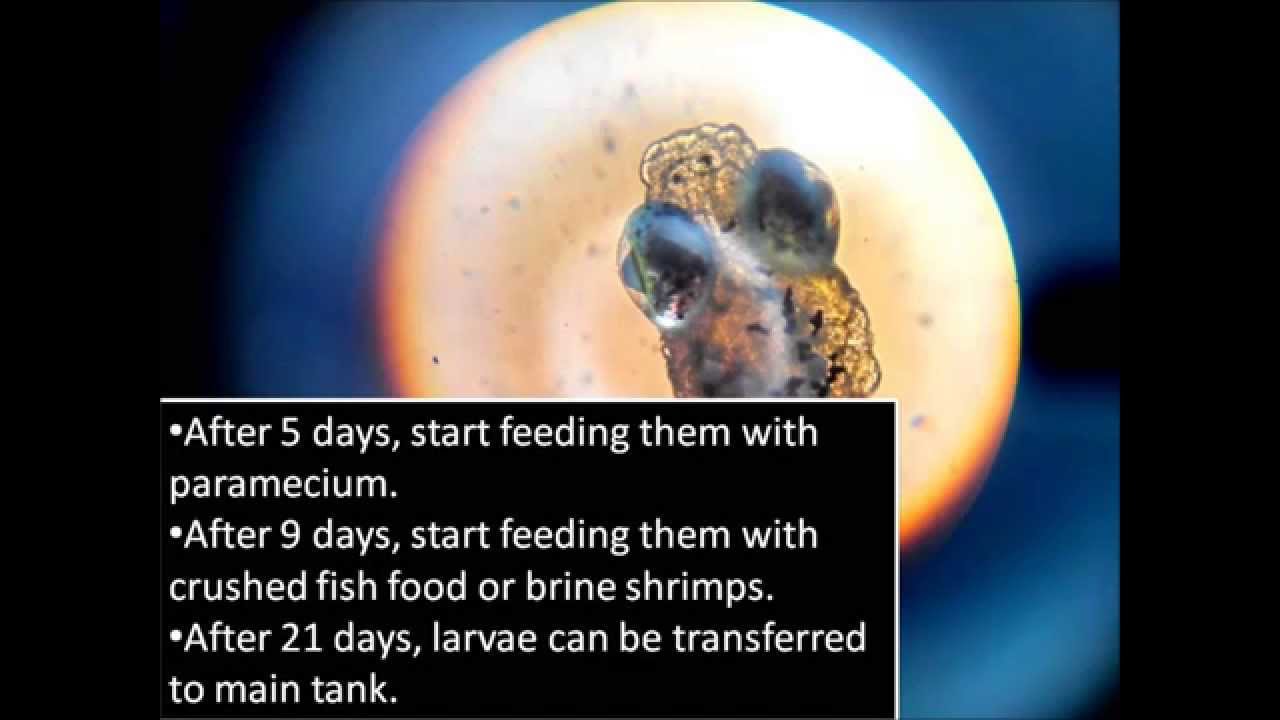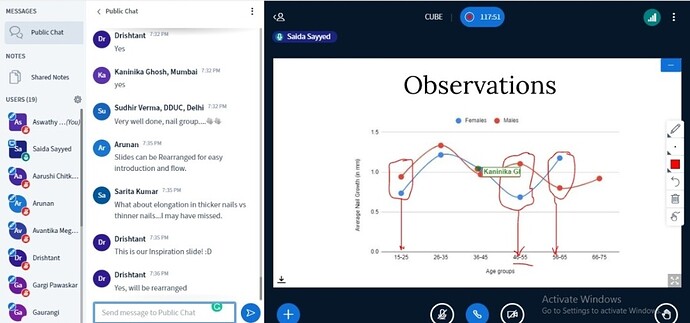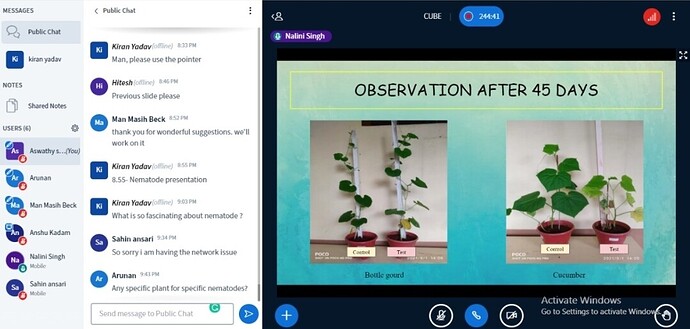CUBE Chatshaala 20.08.2021 White Boards Pictures ![]()
![]() What is RER test? Is it possible to make alternatives to perform RER at home?
What is RER test? Is it possible to make alternatives to perform RER at home?
![]() How can we culture Earthworms easily using simple things at home?
How can we culture Earthworms easily using simple things at home?
RER Test Experiment : Making a design of experiment how to perform in a simple way that every ones can do it in their home labs!
![]() Which kind of nutrition will get earthworms culturing by newspaper?
Which kind of nutrition will get earthworms culturing by newspaper?
![]() What are the components presents in Newspaper?
What are the components presents in Newspaper?
![]() Cellulose are carbohydrates!
Cellulose are carbohydrates!
![]() What is the difference between starch & cellulose?
What is the difference between starch & cellulose?
![]() Beta Glucose & Alpha Glucose Differences?
Beta Glucose & Alpha Glucose Differences?
Summary given by @Abhi0703
Summary of 519th day of Cube Chatshaala
We started the discussion with what I(Abhijeet) have plan for the Chai and Why? Programme.
So I’ve worked on Model Organisms like Mosquito, Earthworm, and Snails when I was active in cube in my secondary school (7th to 9th std)
So today we discussed about Earthworm.
How can we culture and maintain Earthworms in our Homelab?
So culturing earthworms at home would be very easy! We don’t need high-tech laboratory stuff. We just need a plastic cup, paper, earthworm and waste cloth
- Take cup and pinch holes at bottom with the help of a pin.
- Make pieces of paper, and fill 1/3rd of the cup.
- Make that paper inside cup moist with water
- Put earthworm inside cup.
- Cover the cup with cloth and rubber band.
- keep the cup(s) inside a tray with newspaper wetted with enough water .
What’s special in Earthworms?
Humans have Spinal cord which helps in making co-ordination between different body parts in each activity that we do throughout. If due to some reason the spinal cord is injured we get paralyzed and the co-ordination is lost.
Earthworms have Ventral Nerve Cord(VNC) with same function as Spinal cord in humans i.e maintaining coordination in body. But if VNC of earthworms get injured it gets regenerated
So can we study how this regeneration happens in earthworms but not in humans!!!
RAPID ESCAPE RESPONSE TEST (RER) was designed to see how in how much time this regeneration of VNC occurs and also for selecting earthworms with good co-ordination in their body.
How is RER test performed!?
- Make salt solution of a particular concentration.
- put some 2-5 ml of that in test-tube(experiment)
3)take another test-tube fill with 2-5ml of water(control) - add one earthworm at a time in both and watch their response within the 2 min time
- note the observation.
- Remove the earthworm from soln and wash is very nicely and keep the back in culture
Expectations:- - The earthworm should immediately response towards the salt solution and escape from it.
Inference:-
- As the salt solution is harmful for earthworms they should escape from it showing excellent co-ordination. And earthworm in water(control) would not show any response towards water.
- Earthworm which showed the coordination and came out of salt solution can be selected for studying.
After RER test we can use the earthworm that passed the test for studying the time it takes for them to regenerate their VNC.
On the ventral part we give a lesion(enough that we can say that VNC is lesioned).
After giving the lesion perform the RER test to confirm that earth worm’s body co-ordination is lost.
Expectations:- The earthworm should not be able to escape the salt solution.
Continue doing RER test with 2 days interval till the VNC is regenerated and the co-ordination is gained again.
@Aswathy Cube can you please comment on how can we perform RER in our home labs !
